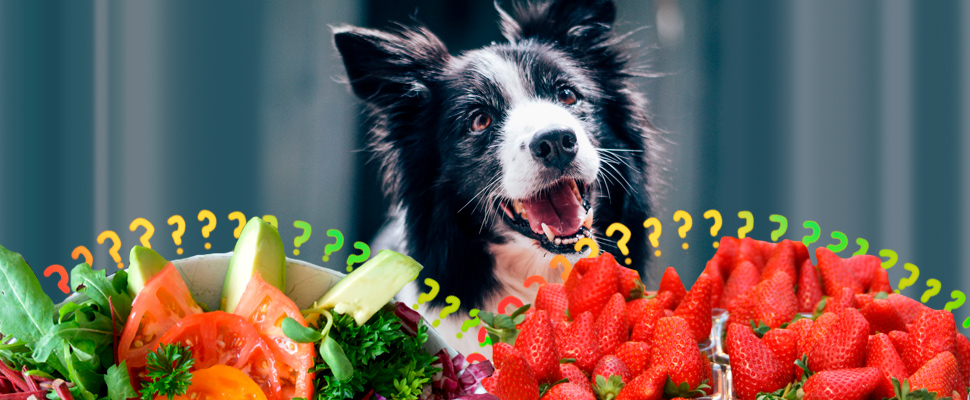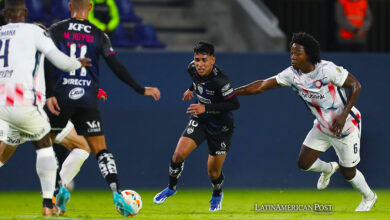What can your dog eat?
It will always be much better to feed our beautiful dogs with very well balanced foods so that their development, physical condition and growth is the most optimal

Escucha este artículo
Leer en español: ¿Qué puede comer tu perro?
For our pet to have the best nutrition, we must be aware of the different food options available in the market and thus be able to choose the one we think is most convenient. Not only that, it should be tailored to their needs as well. For example, a Yorkshire Terrier tends to have a bit more trouble in the digestion department due to their smaller stomachs. Thus, making sure that they get the best dog food for yorkies is a must for every Yorkie owner. Here we tell you what foods to give your mascot and which ones you should avoid.
Leer en español: ¿Qué puede comer tu perro?
Those foods whose presentation comes canned, is very appetizing and very much like our dogs, but they tend to make a lot of denture in our dogs, and they are made with an enormous amount of chemicals (preservatives, flavorings, additives, etc.) that cause damage to the liver and other parts of our pet's system.
At some point, we have all given our dog some human food. Many times this transforms into a bad habit, and for this reason, it is important that we are aware of what foods we can give to our dog and which can't eat because it would cause them harm.
Vegetables and fruits, whether fresh or cooked, are wonderful for our pet due to the large amount of vitamins and nutrients they provide, keeping our dog healthy and strong.
But not all vegetables and fruits are indicated for our dog, we will see below a list of what is allowed and prohibited.
Allowed, always in moderate amounts:
• Fruits: raspberries, blueberries, blackberries, bananas, pears (without seeds, or heart), mangoes (without stones), pineapples, apricots/peaches (without stones), watermelon (without seeds or black or white), apple (without seeds, or heart), strawberries.
• Vegetables: carrots, celery, cucumber, beetroot, zucchini, squash, potato, sweet potato, mushrooms (normal), tomato (very little and without the green parts), peppers (red, green, yellow and chayote). All vegetables are better cooked, preferably steamed, and cut into small pieces. Lettuce and spinach preferably chopped.
• Animal meat: Chicken, cow, lamb, fish. All options are valid, provided they are well cooked. Giving raw meat to a dog can be as dangerous as it is for us.
• Rice and white noodles: They provide easily digested carbohydrates for dogs.
Read also: Commercial cloning of pets
Forbidden or that you should avoid because some are toxic to them:
• Fruits: grapes, cherries, raisins, prunes, avocado, citrus fruits such as orange, grapefruit or lemon.
• No to seeds: ALWAYS avoid that your dog eats seeds and fruit bones. They are dangerous and toxic (apple, pear, plum, watermelon, peaches, etc.).
• Vegetable: Onion, garlic, broccoli, avocado, corn.
• Chocolate: It is not a myth; dogs should not even approach chocolate, because it has methylxanthines, stimulating substances that alter your metabolic system, warns the AKC. A small portion can cause diarrhea and vomiting, and in large quantities can be fatal.
• Salt: Adding it to the dog's food can cause long-term kidney problems.
• Bones: Beyond being careful with those of the chicken, which splinter easily, you should not give many bones to dogs, because their high calcium content absorbs water and dries fecal matter.
• Cookies and bread: They can harm them in the long term since they are not accustomed to incorporate a lot of flour.
• Fritters: The liver of dogs does not tolerate this kind of fat-rich cooking. Nor should we give them sausages.
While your dog is in the growth stage and is a puppy, it is advisable to follow the diet that is designed for its growth and development favorably. If you have in mind to integrate fruits and vegetables in your diet, you can replace the rewards based on flours.
During the adult stage of a dog you can add fruits and vegetables in small quantities as snacks or prizes. It is a good idea to replace all the food tastes (prepared dishes, flours, spicy foods, etc.) that we usually give them, for fruits and vegetables that they can eat.
Using your dog's favorite fruit or snack from the list, as a reward during your learning sessions and control exercises is a great option.
LatinAmerican Post | Maria La Rosa
Translated from "¿Qué puede comer tu perro?"





